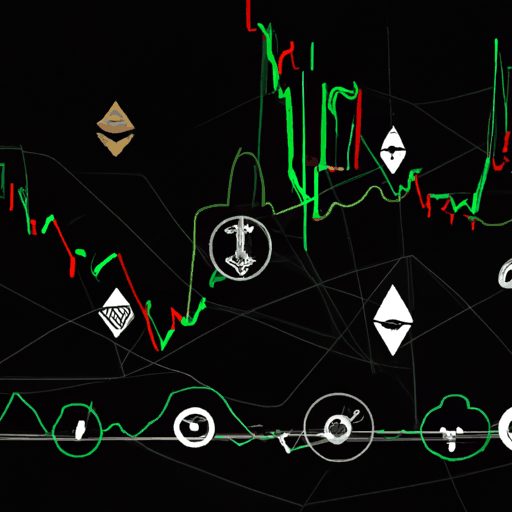
US Import Disruptions: Implications for Bitcoin's Volatility
By: Eliza Bennet
The swirling dynamics of global trade disruptions are poised to have ripple effects across consumer markets and the cryptocurrency space. At the center of this potential turmoil is the Port of Los Angeles, where Executive Director Gene Seroka identifies a looming 35% reduction in container volumes as a clear harbinger of imminent price and supply challenges. Seroka's observations, discussed recently in a prominent financial media interview, suggest an impending strain on supply chains due to halted trans-Pacific services as retailers pause in reaction to prevailing tariff pressures.
These disruptions converge at a critical juncture where industries, from trucking to dock management, will have to adapt to reduced container volumes, ultimately impacting work schedules and earnings. As the potential retail shelves' fleeting abundance comes under stress with Seroka projecting only five to seven weeks of normal inventory remaining, the U.S. market braces for a potential visible impact if these shortages don't resolve swiftly. At the core of this situation is a complex interplay of trade logistics reshuffling, including critical service reductions by ONE and Yang Ming on major shipping routes.
In this environment of commercial uncertainty, Bitcoin's response is watched closely as it teeters amid macroeconomic jolts. When Seroka's comments were made, Bitcoin was around $97,600, but discussions around trade wars and their impacts have since pulled its value lower, now trading below $95,000. Bitcoin's inherent volatility, particularly during macro shocks, adds layers of complexity for crypto investors debating its role as a hedge against inflation and currency instability.
Historically seen as a refuge during economic turbulence, Bitcoin's consistent yet challenging correlation with traditional equities suggests a mixed outlook. Market players must navigate this challenging landscape where the cryptocurrency's hedge attributes might clash or align unexpectedly with risk-off sentiment in broader material economies. Altogether, the unfolding narrative of global supply-chain stress paired with Bitcoin's price actions positions this period as a decisive chapter in cryptocurrency's evolving relationship with global economic fluctuations.



